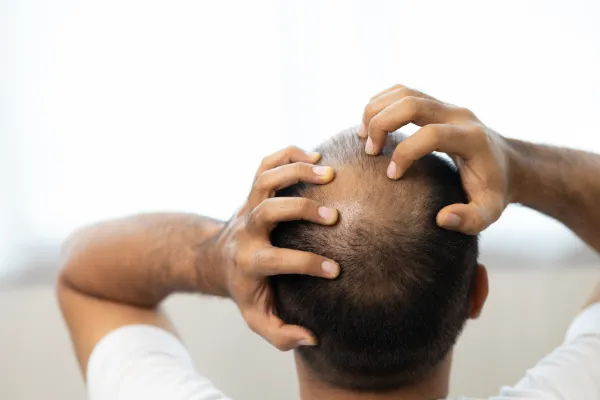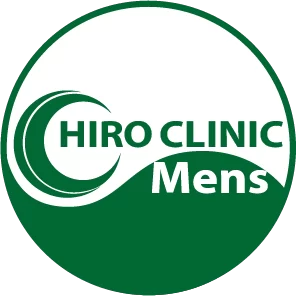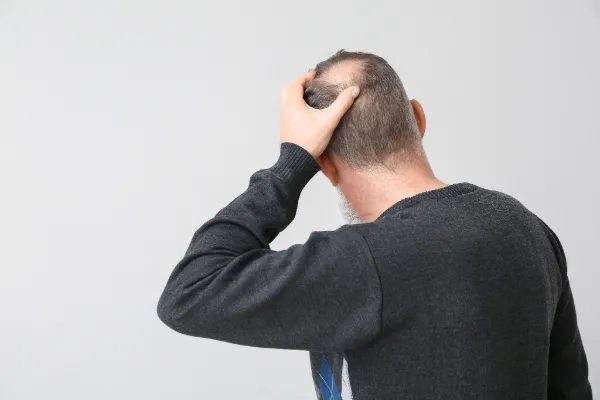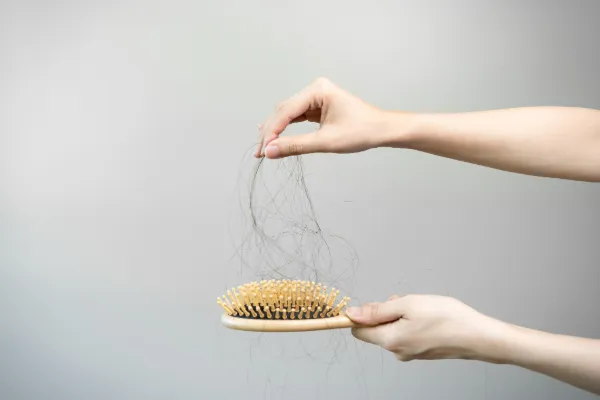この記事の概要
Hair transplant surgery and hormone replacement therapy (HRT) are effective treatments for many people suffering from thinning hair or hair loss. Combining them may provide better results, but there are both benefits and risks associated with the combination. This article details the benefits and risks of combining hair transplant surgery and hormone replacement therapy.
What is hair transplant surgery?
Hair transplant surgery is a surgical treatment aimed at improving thinning and hair loss.
FUE (Follicular Unit Extraction): A method in which individual hair follicles are harvested from a donor area and transplanted into areas of thinning hair . This method is characterized by less scarring and quicker recovery.
FUT (Follicular Unit Transplantation): A method in which a strip of skin is taken from the donor area, and hair follicles are extracted and transplanted . This method is characterized by the fact that a large number of hair follicles can be transplanted at once.
What is Hormone Replacement Therapy (HRT)?
Hormone replacement therapy is a treatment to adjust the hormone balance in the body, specifically by replacing male hormones (androgens) and female hormones (estrogen).
Male pattern baldness ( AGA ): Drugs such as finasteride and dutasteride are used to treat hair loss caused by male hormones.
Female pattern hair loss: Estrogen replacement therapy may be used.
The effect of combining hair transplantation with hormone replacement therapy
1. Synergy
Combining hair transplant surgery with hormone replacement therapy may provide more effective treatment results.
Promotes hair growth: Hormone replacement therapy can help promote the growth of hair transplanted during surgery .
Slows down the progression of hair loss: Hormone replacement therapy slows down the progression of hair loss and makes it easier to maintain transplanted hair .
2. A holistic approach
When it comes to treating thinning hair , a combination of hair transplant surgery and hormone replacement therapy allows for an approach that addresses both the inside and outside of the condition.
Surgical Approach: Hair transplant surgery can provide immediate cosmetic improvement.
Medical Approach: Hormone replacement therapy treats hair loss from the inside, addressing the underlying causes of hair loss .

Risks of combining hair transplantation with hormone replacement therapy
1. Risk of side effects
Hormone replacement therapy carries the risk of side effects.
Finasteride and dutasteride: reported side effects include decreased libido, erectile dysfunction, and decreased semen volume.
Estrogen replacement therapy: Thrombosis, increased risk of breast cancer, etc. have been reported.
2. Drug interactions
There may be interactions with medications used during the recovery period after hair transplant surgery.
Antibiotics and anti-inflammatory medications: Antibiotics and anti-inflammatory medications prescribed after surgery may interact with hormone replacement therapy medications. It is important to take them properly as prescribed by your doctor.
3. The effectiveness of treatment depends on individual differences
The effectiveness of hormone replacement therapy varies from person to person.
Genetic factors: Genetic factors may affect how well hormone replacement therapy works for you.
Lifestyle: Lifestyle factors such as stress, diet, and exercise habits can affect the effectiveness of treatment.
Key points for safe combination therapy
1. Consult with your doctor
Before starting treatment, be sure to consult with your doctor to come up with a proper treatment plan.
Comprehensive evaluation: We will comprehensively evaluate the progression of your hair loss , your health condition, and your lifestyle habits to create the most appropriate treatment plan.
Monitor for side effects: Understand the side effects of hormone replacement therapy and get regular check-ups.
2. Proper follow-up
Regular follow-up will allow us to monitor the effectiveness of treatment and detect any side effects early.
Regular check-ups: See your doctor regularly to check the effectiveness of your treatment and whether there are any side effects.
Blood Tests: Regularly check your hormone levels to ensure proper hormone balance.
3. Healthy lifestyle habits
Maintaining a healthy lifestyle can help improve the effectiveness of your treatment.
Balanced diet: Eat a balanced diet that contains nutrients that support hair health.
Exercise: Regular exercise helps maintain overall health and hormone balance.
Manage Stress: Stress has a negative effect on hormone balance, so adopt relaxation techniques and hobbies to reduce stress.
Summary
Combining hair transplant surgery with hormone replacement therapy can be an effective approach to treating hair loss , but it also comes with risks such as side effects and drug interactions. Consulting with your doctor thoroughly before starting treatment, proper follow-up, and maintaining a healthy lifestyle can ensure a safe and effective treatment. Make a treatment plan based on your individual situation and work hard to achieve optimal results.








